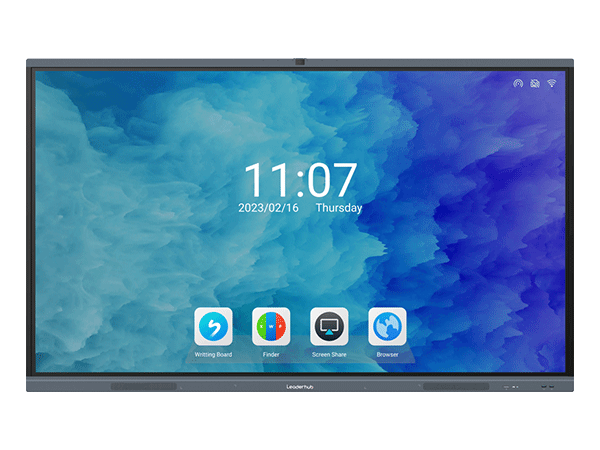Revolutionizing Education: Tablets in the Classroom

In recent years, the integration of tablets into educational settings has transformed the way students learn and teachers instruct. Tablets possess a myriad of interactive functions that greatly improve teaching effectiveness. From fostering student engagement to facilitating personalized learning experiences, tablets have become an indispensable tool in modern classrooms. This article explores the various ways in which tablets enhance teaching effects through their interactive features.
1. Interactive Learning Apps: Encouraging Active Participation
Tablets come equipped with a vast array of interactive learning applications that promote active participation among students. These apps allow students to engage with lesson materials through quizzes, games, and simulations. For instance, educational apps such as Kahoot! enable teachers to create fun and interactive quizzes, making the learning process both enjoyable and effective. Students can answer questions in real-time, competing with their peers and providing instant feedback for improvement.
2. Real-time Collaboration: Fostering Interactive Learning
With tablets, educators can facilitate real-time collaboration among students, fostering interactive learning environments that promote communication and teamwork. Apps like Google Docs and Microsoft Office enable students to collaborate on projects simultaneously, enhancing their problem-solving and critical-thinking skills. Tablets also enable students to provide feedback on each other's work, leading to a more comprehensive and well-rounded learning experience.
3. Personalized Learning: Catering to Individual Needs
One of the greatest advantages of tablets in education is their ability to provide personalized learning experiences. Through adaptive learning applications, tablets can assess each student's unique strengths and weaknesses, tailoring lessons and content accordingly. For example, Khan Academy offers personalized learning paths based on students' performance, ensuring that they receive targeted instruction and support. Tablets thus enable teachers to cater to the specific needs of each student, maximizing their learning potential.
Conclusion
The integration of tablets with interactive functions has revolutionized teaching practices and significantly improved learning outcomes. Interactive learning apps promote active participation, while real-time collaboration apps foster communication and teamwork. The ability of tablets to provide personalized learning experiences ensures that each student receives targeted instruction. As technology continues to evolve, it is crucial for educators to embrace the application of tablets and leverage their interactive functions to enhance teaching effectiveness and engage students in more meaningful ways.

